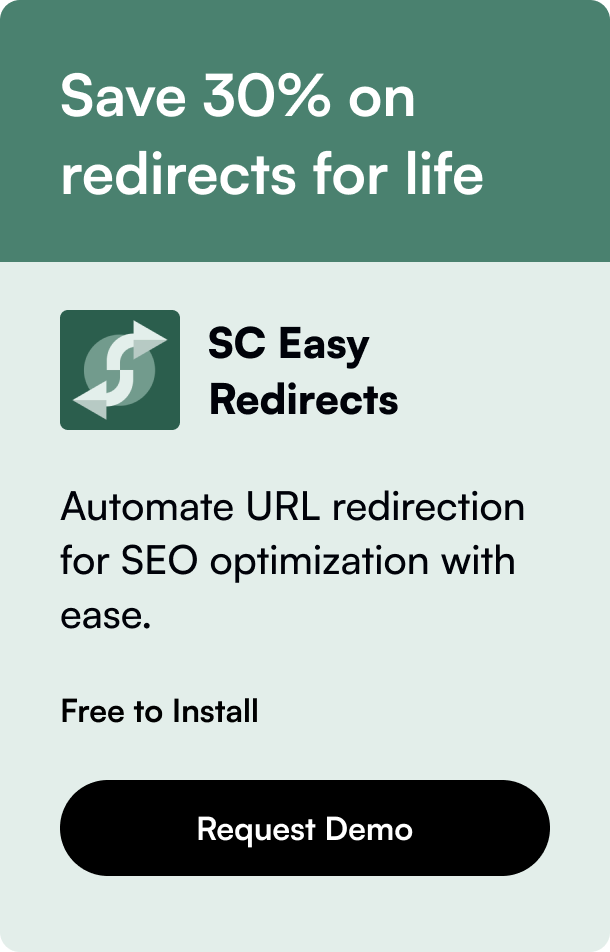Table of Contents
- Introduction
- Why Embrace Shopify GA4 Integration?
- Steps to Integrate GA4 with Shopify
- Maximizing Shopify GA4 Features
- Advanced Tracking for an Advanced Ecommerce Experience
- Conclusion
- FAQs
Are you looking to harness the power of data to skyrocket your Shopify store's performance? If so, integrating Google Analytics 4 (GA4) will provide you with the advanced insights you need to steer your ecommerce trajectory towards success. With GA4's nuanced tracking abilities and predictive analytics, understanding customer behaviors has never been more strategic and actionable.
Introduction
The advent of Google Analytics 4 represents a dramatic shift in the analytics landscape. As ecommerce continually evolves, aligning your Shopify store with Google's latest iteration of analytics is not just forward-thinking—it's essential. Through this post, we'll delve into the nuts and bolts of Shopify GA4 integration to empower you to make data-driven decisions that foster growth and sustain your competitive edge.
Given that Google will be phasing out Universal Analytics (UA) come July 2023, it’s the perfect time to not just anticipate the changes but to actively reposition your analytics approach. Let’s explore how Shopify GA4 integration can set your store apart and detail the steps to ensure a seamless transition and optimal setup.
Why Embrace Shopify GA4 Integration?
Every customer interaction holds nuggets of strategic insights—if tracked and analyzed correctly. GA4 focuses on user-centric data, providing a holistic view of customer journeys across devices and platforms. It employs artificial intelligence to fill in data gaps and yield predictive insights, setting you up to anticipate customer needs rather than just responding to their past actions.
Integrating GA4 with Shopify translates into granular tracking, improved conversion attribution, and access to an array of ecommerce-related metrics. It’s not just about tracking generic performance indicators anymore; it’s about excavating deeper for richer, behavioral insights that can power targeting, product development, and customer journey mapping.
Steps to Integrate GA4 with Shopify
Here, we outline a user-friendly guide to integrating Shopify with GA4:
Step 1: Create a GA4 Property
First, establish a GA4 property. Ensure you possess editor rights for your Google Analytics account. Upon creation, make note of the web data stream’s Tag ID; you'll need it for Shopify setup.
Step 2: Configuring Tags on Shopify
Embed the GA4 tags on your store. For stores without the Google & YouTube channel installed, a prompt will grant you the option during setup. Importantly, GA4’s tagging system ensures significant ecommerce events get tracked instantaneously.
Pro Tip: Post-setup, check that you’ve exempted any password protections that can hinder data collection.
Step 3: Linking Google Ads for Elevated Optics
Connecting Google Ads to your GA4-analytics-enhanced store magnifies conversion tracking and paves the way for strikingly precise target audience molds. This integration is a small task considering the immense value it adds.
Remember: Accurate data collection is just the first step. Utilizing the collected data effectively forms the backbone of your analytics strategy.
Maximizing Shopify GA4 Features
Merely setting up GA4 isn’t enough; you need to hone in on its diverse functionalities for maximal benefit. Let’s break down how:
Enhanced Ecommerce Analytics: Exclusive to GA4, these insights penetrate beyond surface-level sales data, delving into product performance, customer segments, and cart abandonment analytics.
Customized Events and Metrics: Craft tailored interactions based on specific triggers or user journeys, capturing even the most distinctive commerce occurrences.
Predictive Audiences and Insights: Utilize machine learning-powered predications to identify potential high-value customers, forecast revenue changes, and develop ROI-centric campaigns.
Advanced Tracking for an Advanced Ecommerce Experience
Embracing detailed tracking inevitably leads to offering your customers a refined ecommerce experience—personalized and streamlined to their preferences. The breadth of information about your customer collective acquired through Shopify’s integration with GA4 proves invaluable for sculpting an intuitive UI/UX and for aligning product showcases with actual behavior trends.
Exclusive Insight: Employ GA4's event-based model for a detailed understanding of user interactions — view item lists, purchase completions, and refunds — for each potential pathway on your Shopify store.
Conclusion
Transitioning to GA4 isn't just conforming to an inevitable update—it’s an opportunity to reimagine your ecommerce store's future. The richness and detail of GA4 data stand to revolutionize how Shopify store owners understand, engage with, and fulfill the needs of their customers. Take the leap with GA4, and watch as your Shopify store blossoms into a data-enabled powerhouse of ecommerce success.
In the world of ecommerce where data is king, mastering Shopify GA4 integration offers a sure route to the throne. Are you ready to embark on this transformative journey?
FAQs
What is GA4 in Google Analytics?
Google Analytics 4 (GA4) is the latest version of Google Analytics, offering a more user-centric, event-based data model, improved predictive insights, and expanded cross-platform tracking capabilities.
Why is it important to migrate to GA4 before UA is sunsetted?
Migrating to GA4 ensures that you can continue to collect and analyze vital data about your Shopify store's traffic and ecommerce performance once UA (Universal Analytics) is phased out in July 2023.
How does GA4 improve my understanding of customer behavior?
GA4 employs advanced machine learning and artificial intelligence to provide predictive insights, fill data capture gaps, and generate more comprehensive user journey maps across devices and platforms.
Can I still use Universal Analytics with GA4 in parallel?
Yes, you can run GA4 and Universal Analytics in tandem to compare insights and ease the transition before Universal Analytics reaches the end of its lifecycle.
Is it possible to import my historic Universal Analytics data into GA4?
Unfortunately, GA4 does not allow for the importation of historical UA data. However, starting GA4 data collection now is advisable to ensure you have data continuity post-UA sunset.
Embrace GA4 with strategic gusto, for a well-executed Shopify GA4 integration stands as the beacon of modern, data-informed ecommerce prosperity.








